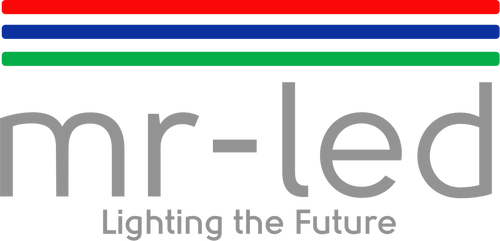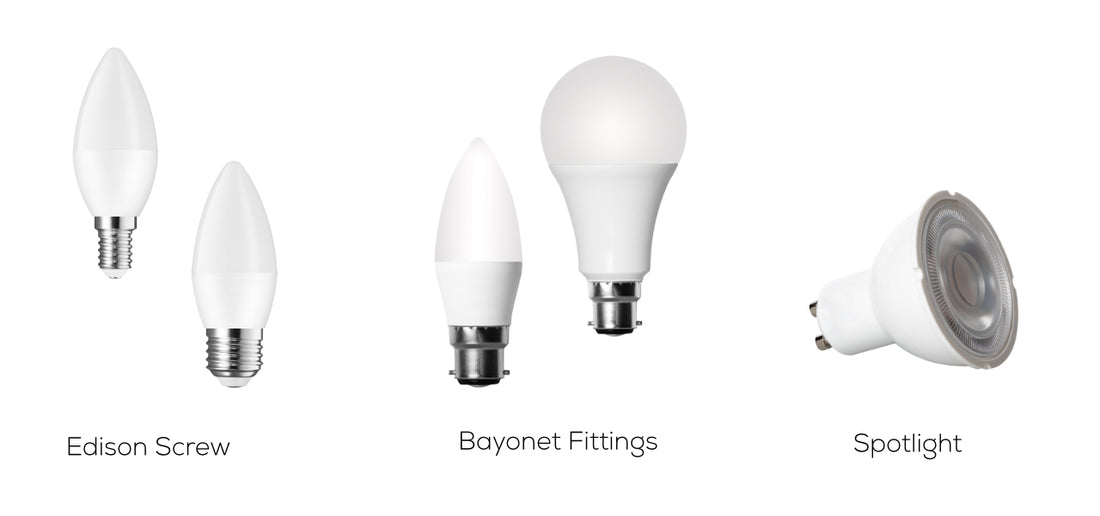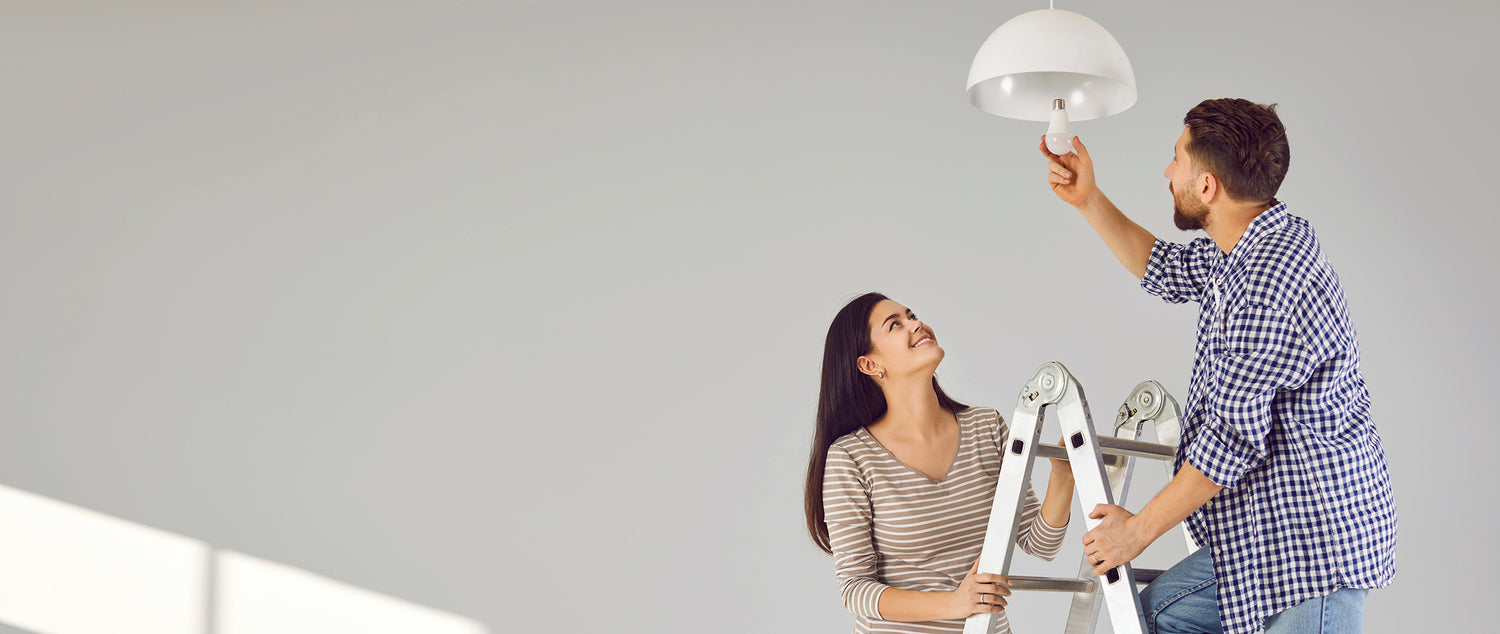LED light bulbs come in a variety of fittings, making it important to understand the different types in order to choose the right one for your needs. Some common types of LED light bulb fittings include Edison screw (E27 and E14), bayonet cap (B22 and B15), GU10, and MR16. The Edison screw fittings are named after Thomas Edison and come in two sizes, with the larger E27 being more common in household lighting. Bayonet cap fittings are popular in the UK and are available in two sizes as well. GU10 fittings are often used in spotlights and recessed lighting, while MR16 fittings are also used in spotlights and are typically smaller than GU10. Understanding the different types of LED light bulb fittings will help you make informed decisions when it comes to purchasing and replacing light bulbs in your home or business.
Do I need special LED light fittings to use LED lights?
The part of the lamp that connects into the light fitting is generally known either as the “cap” or “base”. This provides the electrical contact and also often the physical location of the lamp.
A vast variety of caps and bases exist in order to help make sure that only the correct type of lamp is used in any given fitting.
LED lights use the same fittings as older bulbs and tubes. You do not need special fittings to use LED lights as they fit into the same socket as the lights you are replacing.
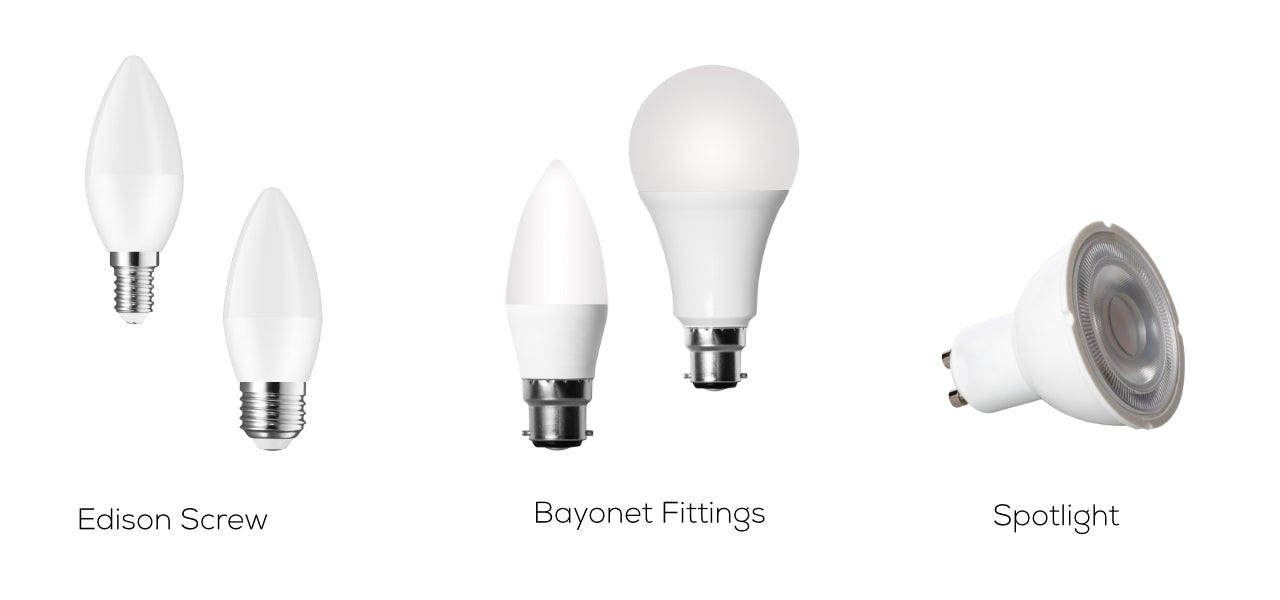
Bayonet Cap
The “small bayonet cap” (SBC or B15d) is very similar but only 15mm across.
Although generally used for mains voltage lamps, the SBC fitting can also be found in a very small number of specialist low voltage halogen lamps.
There are also many other “BC” variants including the 3-pin BC, B22d-3 sometimes used on Fireglow lamps but perhaps more commonly on High pressure mercury lamps for industrial applications. The BY22d is used on some low-pressure sodium (SOX) lamps.
Edison Screw Cap
The most popular ES or E27 fitting is 27mm diameter and is widely used in both the US and Europe. The SES is often used for smaller decorative fittings, chandeliers, and appliance bulbs – predominantly in the UK and Europe. CES is most frequently used in the US and Canada, especially for candle bulbs. The MES fitting is sometimes used in large chandeliers containing perhaps dozens of small lamps.
The GES is rarely used in domestic applications and is typically for lamps over 500W. This must not be confused with the extremely similar US standard 39mm diameter E39 or Mogul Screw fitting.
The most commonly used screw fittings are shown in the table below. Other, less frequently used, sizes include E11, E17 and E26.
| Designation | Diameter | Name | Abbreviation |
| E5 | 5mm | Lilliput Edison Screw | LES |
| E10 | 10mm | Miniature Edison Screw | MES |
| E12 | 12mm | Candelabra Edison Screw | CES |
| E14 | 14mm | Small Edison Screw | SES |
| E27 | 27mm | Edison Screw | ES |
| E40 | 40mm | Giant Edison Screw | GES |
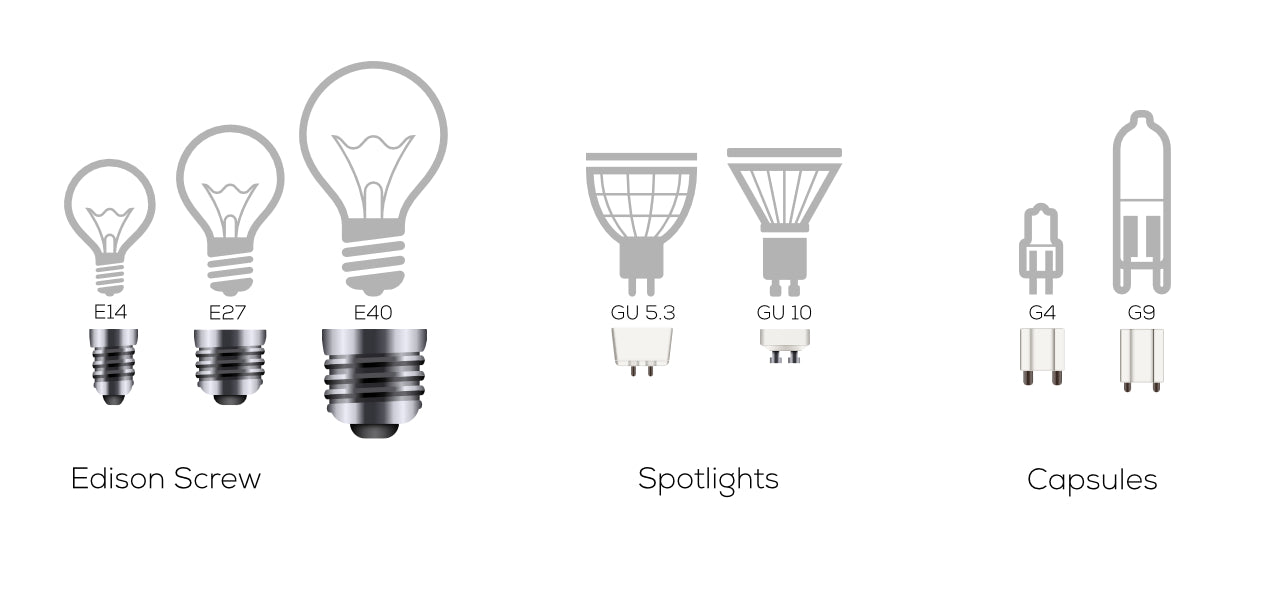
Capsules
The G4 and GY6.35 are always used in low voltage applications whereas the G9 is for 240v mains use.
Linear capsules for floodlights and up-lighters have a 7mm R7s cap at each end of a long quartz capsule.
Halogen Spotlights
LED Light Fittings for Fluorescent tubes
Standard size T8 (25mm) and the larger T12 (38mm) tubes both use the G13 fitting.
The smaller T5 (16mm) tubes use the G5 fitting with 5mm between the two pins.
T12 tubes are no longer available to purchase but T8 LED Tubes use the same G13 fitting.
T5 tubes are being gradually phased out and are mainly used in specialist applications.
Strip lights
The so-called centre-peg version has a single central S14d connector with two contacts.
Conventional strip lights (also known as picture lamps) generally use a 15mm diameter S15s fitting at each end of the lamp.
